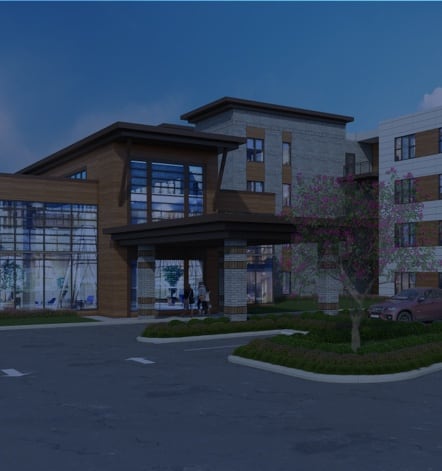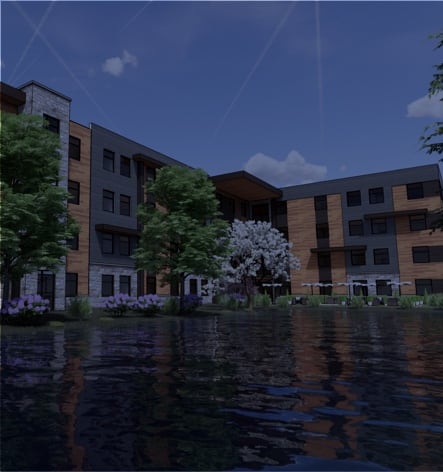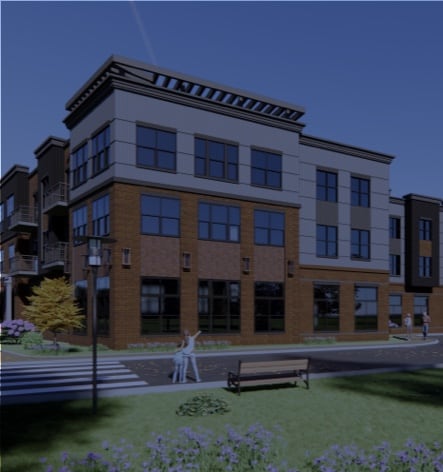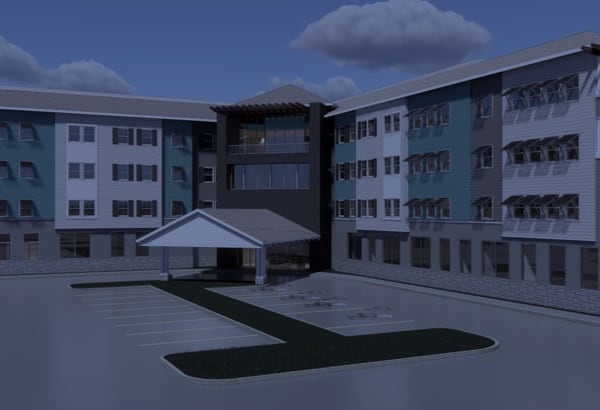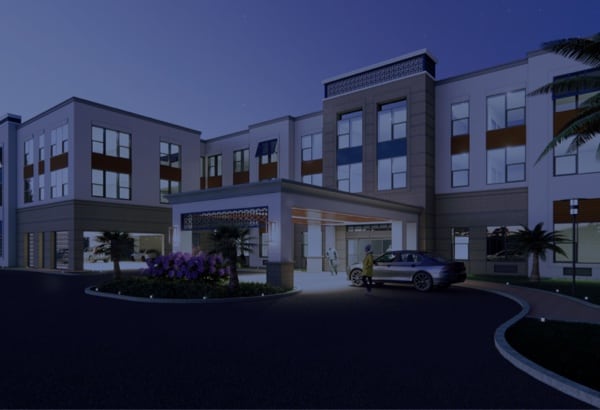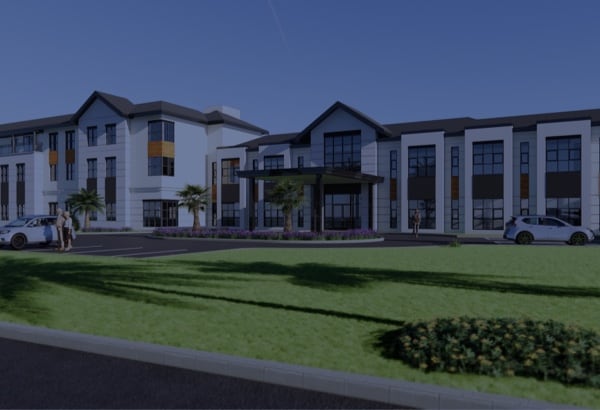In the evolving world of senior living, financial sustainability is key to delivering quality care, enriching resident experiences, and maintaining operational excellence. As the industry faces rising costs, increased competition, and shifting consumer expectations, senior living operators must prioritize revenue development strategies.
These strategies are not just about financial performance. They are about fulfilling the promise of lifestyle-centered living.
From diversifying service offerings and adopting flexible pricing models to enhancing digital marketing, streamlining operations, and forging strategic partnerships, successful communities take a comprehensive approach to generating sustainable, resident-focused revenue.
Understanding the Revenue Landscape
The demographic shift underway is dramatic: by 2030, the number of Americans aged 80 and over is expected to double. This growth represents a tremendous opportunity but also a growing demand for personalized, high-quality, and often more complex care. Today’s residents and their families are seeking more than just accommodation. They want engaging lifestyles, access to wellness services, technology-enabled convenience, and a strong sense of community.
Revenue development, in this context, isn’t just about filling units. It’s about designing holistic business models that generate sustainable income while delivering real value to residents. An approach centered on human connection, operational excellence, and innovation creates a strong foundation for thriving, financially healthy communities.
Enhancing the Resident Experience
Diversify Service Offerings
Expanding services is one way to increase revenue while enhancing resident satisfaction. Today’s seniors are looking for more than just housing—they want connection, engagement, and wellness.
Communities can introduce a wide range of offerings, including:
- Wellness programs like yoga, personal training, and nutrition support
- Salon and spa services that provide convenience and support self-care
- Educational workshops or lifelong learning partnerships with local institutions
- Specialty dining experiences, such as chef-led tastings or holiday brunches
- In-house therapy service, including physical, occupational, and speech therapy
These additions create new revenue streams and also position the community as a comprehensive lifestyle destination.
Integrate Technology for Residents
Modern residents expect access to digital tools that improve their quality of life. Integrating technology, such as smart home devices, virtual engagement programs, or telehealth platforms, can extend independence and convenience while supporting additional service tiers or premium offerings.
For example, app-based scheduling for transportation, medication reminders, or virtual social groups can increase both engagement and retention.
Pricing & Revenue Optimization
Implement Tiered & Flexible Pricing
One-size-fits-all pricing models often limit both growth and personalization. Communities should consider tiered packages or à la carte pricing structures that reflect the actual value delivered. This flexibility lets residents build a custom experience, and gives operators the ability to increase average revenue per unit.
Bundling popular services (like weekly personal training plus premium dining) into upgraded lifestyle packages can further boost income while simplifying options for residents and their families.
Use Market-Based Pricing
Regularly analyzing the local market helps ensure your pricing remains competitive and aligned with demand. Dynamic pricing allows communities to respond to trends such as seasonal fluctuations, regional competition, or changing consumer behavior.
Reviewing pricing at least annually—or more frequently in high-demand areas—ensures you’re not leaving revenue on the table or pricing yourself out of reach.
Driving Occupancy Through Outreach
Strengthen Digital Presence
High occupancy rates are good for strong revenue performance. Your digital presence plays a key role in that equation. A clear, user-friendly website with virtual tours, floor plans, and testimonials can convert interest into inquiries. Make sure your website is mobile-friendly and optimized for search engines (SEO).
Paid search campaigns and targeted social media ads can further increase visibility in key demographics, especially for adult children researching options for their parents.
Build Community Awareness
Offline marketing still matters. Hosting open houses, lunch-and-learn events, or local partnerships with senior centers and hospitals helps generate word-of-mouth and builds trust.
Additionally, encouraging referrals from current residents can also be beneficial. Consider launching a referral rewards program that offers small perks to those who introduce new residents.
Operational Efficiency & Innovation
Streamline Internal Processes
Revenue growth isn’t just about increasing profit and income—it’s also about reducing unnecessary expenses. Investing in staff training, automation, and internal system integration can improve accuracy, eliminate duplication, and free up time for more resident-focused tasks.
For example, automated billing systems, digital maintenance tracking, and centralized scheduling platforms can reduce overhead and administrative time, allowing staff to focus more on delivering services.
Focus on Cost-Effective Procurement
From food service to housekeeping supplies, bulk ordering and long-term vendor partnerships can help reduce per-unit costs. Review supplier agreements annually and consider consolidating vendors to negotiate better pricing.
Energy-efficient systems, preventive maintenance programs, and sustainability initiatives can also lower utility and repair costs over time, improving margins without compromising quality.
Building Strategic Relationships
Form Healthcare Partnerships
Strategic collaborations with healthcare providers can expand care offerings while opening new revenue streams. On-site clinics, visiting nurse programs, and shared therapy services are often attractive to both residents and their families, and can be billed separately or included in upgraded care packages.
These partnerships also improve care continuity, potentially reducing resident turnover and hospitalizations.
Collaborate with Local Organizations
Partnering with local businesses, schools, and nonprofits can introduce new programming and amenities without requiring an increase in internal staffing. Examples include:
- University interns hosting tech tutorials
- Local restaurants offering specialty dining nights
- Artists leading workshops or gallery showings
These connections enrich the resident experience and boost your community’s profile, helping to drive both referrals and occupancy.
Unlock New Potential with Distinctive Living
Revenue development in senior living is a multifaceted process that demands creativity, flexibility, and alignment with evolving resident expectations. By focusing on service diversification, flexible pricing, digital outreach, operational efficiency, and strategic partnerships, communities can grow sustainably, financially and culturally.
At Distinctive Living Developments, these principles guide our mission to create thriving, human-centered communities. With deep expertise in development, operations, and consulting, we’re proud to support partners in unlocking new revenue potential while keeping resident well-being at the heart of everything we do.
Ready to explore new revenue strategies for your senior living project? Connect with us now and let’s build your successful senior living community.








